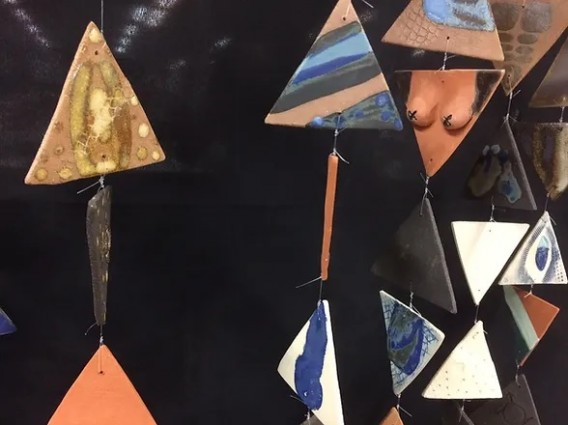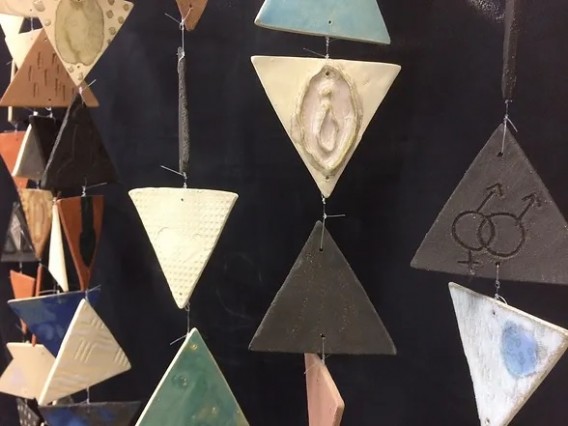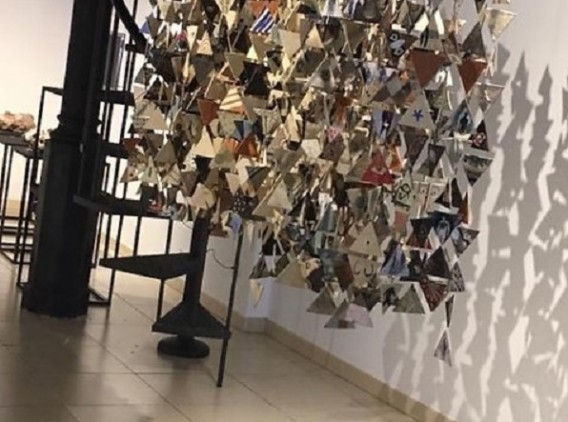Al Ghorfa
(The Chamber)
you, me, and everyone in between
In Ancient Egypt the tomb chapel was a place of meeting and commune with the dead. The walls of the tomb chapel were brightly decorated with scenes from the deceased’s life, expressions of who they were, and, ultimately, who they hoped they would continue to be on the other side, in the afterworld.
The Ancient Egyptians spent their lives curating their posthumous identities through their funerary art, namely their nesting anthropoid sarcophagi, personal artifacts, canopic jars holding their important intestines, and, as equally important, their tomb chapel walls. In doing so, they preserved their identities and their bodies, what they believed to be the most important aspects in defining someone, giving way to religious tradition, social assumptions, and even family expectations. The main materials used for preservation at this time were images in painted relief or simple fresco (on tomb chapel walls), resin preservation of the body, including important amulets and personal artifacts, and ceramic or stone containers for bodily entrails and other necessary goods for the afterlife – some of these goods handcrafted in miniature versions for poorer people, to ensure they were able to take these things regardless of status.
There were great examples of rogue, audacious individuals who chose to reject the system of tradition and expectation and curate an authentic expression of their identities using these materials and methods. Modern Egyptologists made assumptions regarding the artifacts found in tombs, as well as images of these bold individuals and their lives sprawling the walls of their tomb chapels based on their own biases, culture, and perspectives. Contemporary Egyptologists attempt to understand the images and artifacts by projecting their beliefs and interpretations onto these ancient beings without nuanced context of the ancient language, people, and culture.
Al Ghorfa (the chamber), makes reference to the chambers in which the body lies within its sarcophagus facing the stars in the sky. Here we celebrate the lives of you, me, and everything in between through communion and observation within Al Ghorfa.
Al Ghorfa is by, and for, the community of which it’s placed. Al Ghorfa is constructed for you through a collection of three main artworks, The Gender Veil, Private Views, and Seeking Self, that provide artifacts and images displaced, deconstructed, reconstructed, and replaced for you to (re)create the story of your own identity. Use this space now to connect your past, present, and whatever happens next (or doesn’t) using three main mediums inspired by the Ancient Egyptians within these artworks – pictorially through instant photography capturing individuals, moments, artifacts, culture, and sentiments; using objects placed in resin collages creating a depiction of a variety of individual stories and identities; through the display of ceramic installation fracturing identities, recomposing them and forging new ones.
________________________
Theresa Wilshusen (b. 1984) is an American multidisciplinary artist. She is currently a PhD candidate of Art Production at the Universidad Politécnica de Valencia, Spain and received a technical degree in Ceramic Decoration from La Escola de Arte La Industrial in Barcelona, Spain (2019). She accomplished a Master of Contemporary Artistic Creation at the Universidad de Barcelona in Barcelona, Spain (2016). Theresa graduated with a Bachelor of Fine Arts and a Bachelor of Arts in Spanish from Northwest Missouri State University in Maryville, Missouri (2008).

The Al ghorfa (the chamber) where all of us keep our secrets



